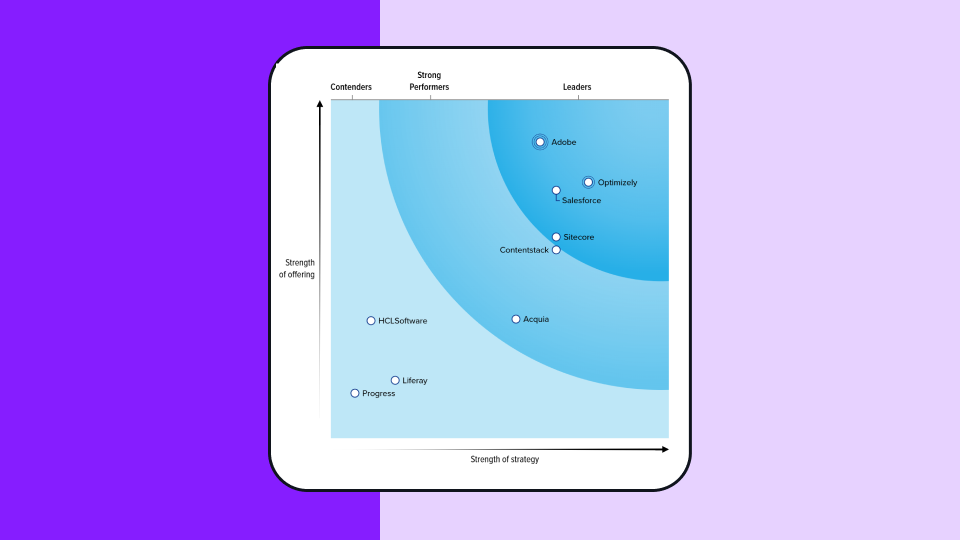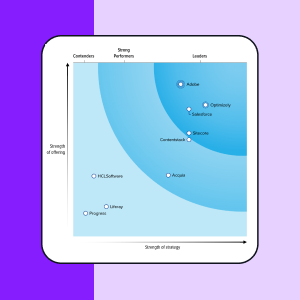Average order value
What is average order value (AOV)?
Average order value (AOV) tracks the average dollar amount spent each time a customer places an order on a website or mobile app. To calculate your company’s average order value, simply divide total revenue by the number of orders.

For example, let’s say that in the month of September, your web store’s sales were $31,000 and you had a total of 1,000 orders. $31,000 divided by 1,000 = $31, so September’s monthly AOV was $31.
AOV is a key performance indicator that online businesses measure to understand their customers’ purchasing habits. Like other key metrics, AOV can be tracked for any time period, but most companies monitor the moving monthly average.
Why does average order value matter?
Knowing your company’s average order value helps you evaluate your overall online marketing efforts and pricing strategy by giving you the metrics needed to measure the long-term value of individual customers.
As a bench mark of customer behavior, the AOV helps you set goals and strategies and evaluate how well those strategies are working.
Sometimes marketers focus much of their energy on increasing traffic to a website when it would more impactful and profitable to increase their AOV. Increasing traffic typically costs money, while increasing AOV does not.
Since there is a transaction cost associated with each order, increasing your AOV is a way to drive direct revenue and increase your profits when customers are already buying from your store.
7 tips for improving average order value (AOV)
There are a number of strategies that may increase your average order value. These strategies are essentially different ways to get your customer to spend more, either by buying more products than they had originally intended or by buying more expensive products than they had originally intended.
Optimizing your AOV can take place across all steps of the sales funnel. You can nudge your customer to purchase additional products related to what is in their shopping cart, perhaps the ones that are easily forgotten, like batteries for an electronic device or light bulbs for a lamp. Alternately, you could suggest that they consider a more expensive, perhaps even a bestselling, alternative.
Getting a customer to spend more can be accomplished through savvy merchandising methods – putting an enticing selection of products in front of them and displaying them in such a way that they are motivated to purchase – or by direct incentives, such as free shipping.
Successful strategies for increasing AOV include:
- Cross-selling: “How about some socks to go with the tennis shoes you just ordered?”
- Upselling: “Would you like this pair of tennis shoes for only $10 more than the pair in your cart?”
- Volume discounts: “This hand towel costs $9, but you’ll save 30% if you buy 3 or more.”
- Free shipping: (for a higher minimum purchase)
- Coupons: “Spend $50 and get $5 off your next purchase!”
- Donations: (to a non profit for minimum purchase)
- Return policy: "Feel free to send them back if you're not satisfied"
A great way to implement these strategies is to segment out your customer base into multiple groups such as small vs. big spenders and low vs high frequency shoppers depending on purchase history. Target each group with different offers. For example, to increase the AOV of your high frequency shoppers, you can enroll them in loyalty programs.
Keep these other e-commerce key metrics in mind
Just focusing on increasing your average order value can be a great way to increase your gross profit but make sure you’re also keeping tabs on a couple other important metrics:
- Conversion Rate: The conversion rate is defined by the number of conversions divided by the total number of visitors. You don’t want to increase your AOV only to find your overall conversion rates are tanking!
- Revenue per Visitor: Revenue per Visitor (RPV) is a measurement of the amount of money generated each time a customer visits your website.
How A/B testing can help improve your average order value
Each website and app has a unique set of customers and products, and there are dozens, if not hundreds, of methods for increasing AOV. Within each specific strategy there are multiple variations that you can test such as headlines, images and calls to action.
Let’s take cross-selling as an example. You could test your original shopping cart against a variation that includes a “People who bought this also frequently bought this” message and graphic to see if AOV goes up. Then you could test an alternate message like “Recommended products for you” to see what results in the highest AOV.
With so many different possibilities for improving your AOV, you will need to construct a methodical series of A/B tests that allow you to gather enough data for each test to optimize for conversion.
Optimizely optimizes billions of experiences every month for customers across diverse industries including media, retail, travel, and technology. The platform offers real-time results to give you confidence in your business decisions. Start using Optimizely today to optimize your site or app and improve your AOV.

